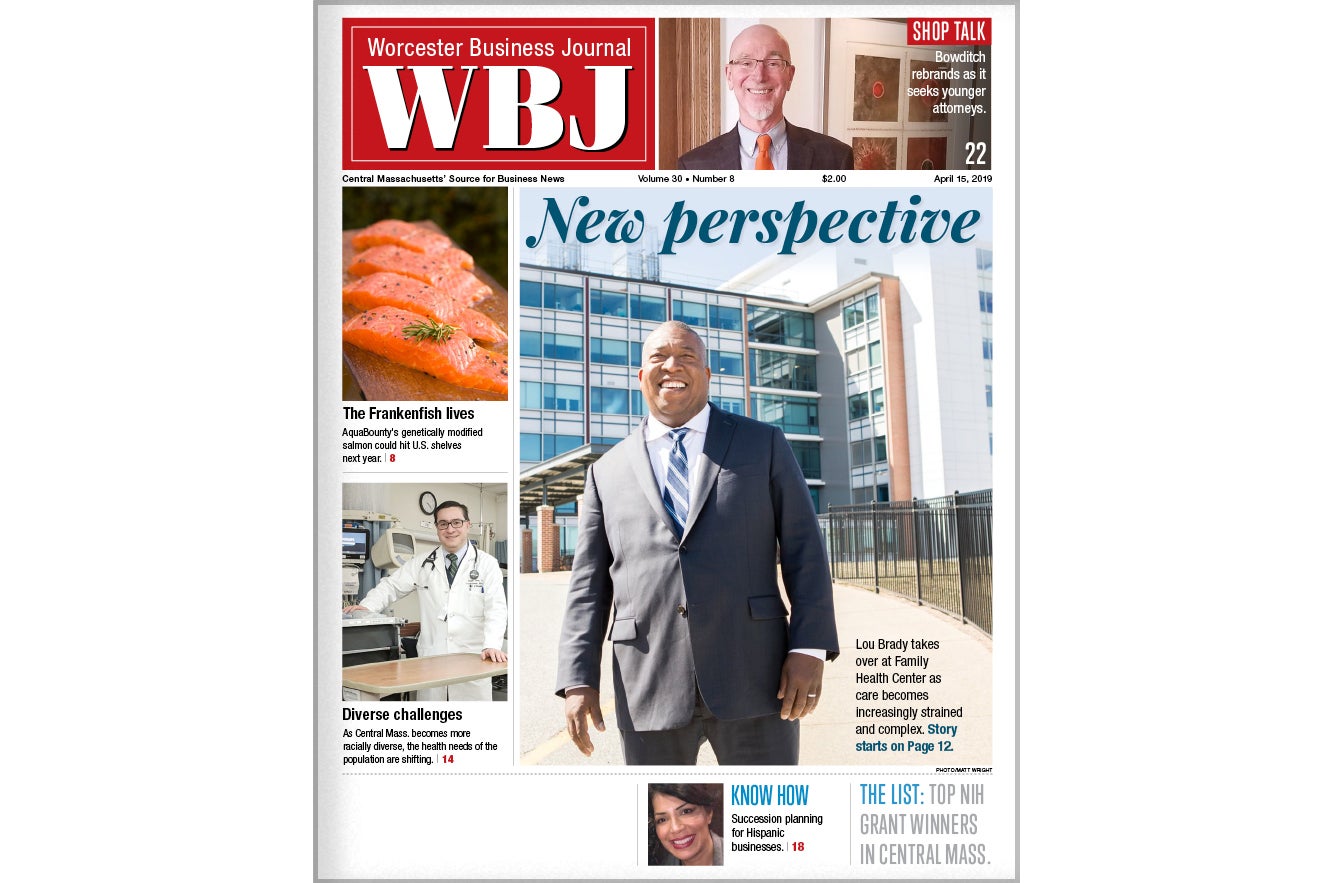Deadline nears for flexible spending account users
Ah, the end of the year, a time for reflection, family gatherings - and a mad dash by those with money left in their flexible spending accounts to spend it: on eyeglasses, extra contact lenses, cold medicine.
Known as FSAs, the plans let workers set aside pretax money from their paychecks for things not covered by insurance, such as medical care co-payments and deductibles, dental care, eyeglasses and certain drugstore items.
Money not spent by the end of the year - or, at an employer's discretion, mid-March - is forfeited.
While a nice tax break for those who use them, some question whether the plans simply encourage overspending on discretionary medical care, at a cost to taxpayers.
"From a societal perspective, it's a totally inane policy," says economist Paul Ginsburg of the Center for Studying Health System Change. "It has singled out the parts of health spending not worthy enough to be included in your typical insurance policy and subsidized them."
But others say the plans play an increasingly important role as workers face ever higher deductibles and co-payments for health care. They are surprised that only 21 percent of workers in large companies that offer FSA's actually enroll in them.
"There's a time when I might have understood that better, back when HMOs had $5 co-pays to see the doctor," says Tom Billet, senior consultant at Watson Wyatt, a human resource benefit consulting firm. "But now, the average (annual) deductible is $350 and the upfront costs people bear are in most cases significantly greater than five years ago."
Most workers use up their accounts, says Jon Kessler of WageWorks, which runs FSA programs for companies nationwide.
"Over half of our users will finish their FSA by August," says Kessler, who says under-contribution is a bigger issue than over-contribution because many workers find it hard to predict their medical expenses.
Wages set aside in FSAs that are not spent, revert back to employers. That use-it-or-lose-it provision keeps some workers from participating. Under new federal rules, employers can grant an extra two-and-a-half-month "grace" period in which to spend the money. About half of employers have done so, Kessler says. For the rest, money must be spent by Dec. 31.
"I usually put in just enough so that I can spend it," says Steve Krazer, a facilities coordinator in Florissant, Mo. "It would be nice if you could carry it over."
Congress has debated proposals to allow part of workers' FSA contributions to roll over into the following year, but such legislation has never passed. It is unlikely to be brought up again anytime soon, Kessler says. Democrats generally don't like FSAs, seeing them as a tax subsidy to those who already get subsidized health insurance, while Republicans generally prefer to promote health savings accounts, a different type of tax-free program that is coupled with high-deductible health insurance.
Mercer, in its employer survey, found that the average percentage of workers' contributions forfeited ranges from 2 percent to 4 percent. Many workers save enough on taxes that even leaving some money in the account at the end of the year still results in savings.
Krazer says he has about $100 left in his FSA this year and plans to spend it on over-the-counter items at the drugstore. The IRS allows FSA spending on such items, including cold medicine, painkillers, allergy medicines, first aid supplies and contact lens solution.
Many people also decide to visit the optometrist and pick up another pair of glasses.
"There definitely is an increase in patients coming in at the end of the year because of flex spending," says Kevin Alexander, president of the American Optometric Association, who says regular eye exams are important and having extra money in an FSA allows patients to get sunglasses or computer glasses, which they might not otherwise.









0 Comments